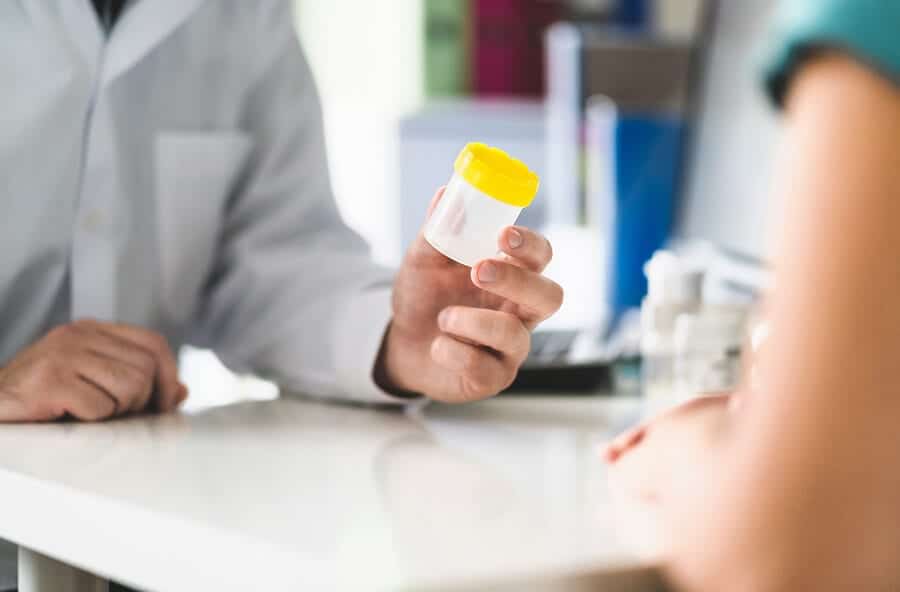
Medication-Assisted Treatment orTaking a Marijuana Drug Test – There are several different types of marijuana drug tests available. Each test is associated with a different window of detection, and they all have varying levels of sensitivity. Due to the many factors involved, there is no exact way to know for sure how long marijuana will be detectable in a person’s system. In addition to wide-range of patterns of use, the unique biology of each person makes the prediction of a precise detection window complicated. Moreover, the presence of marijuana in the system is highly variable between people, and depends on their frequency of use, the amount used, and potency of the THC.
How Marijuana Drug Tests Work
An estimated 40-50 million drug tests are performed by employers each year. These tests most commonly examine a person’s urine, hair follicles, blood, or saliva. When cannabis is used, THC levels increase in the body, which can be identified on blood tests from several hours up to 24 hours or more after a single use. Although these levels fall significantly after a few days, there are still other methods of determining recent use. Unlike many other drugs, such as cocaine or heroin, THC and its metabolites are not water-soluble. Instead, they are fat-soluble, so they accumulate in fatty tissues throughout the body. These metabolite byproducts are slowly released over time, resulting in a much longer period for the body to eliminate marijuana compared to other recreational drugs, especially in excessive, long-term users. Hair follicle tests have the longest detection window. These tests are capable of registering the levels of THC metabolites up to 90 days after the last use.
Although each drug test has its advantages, urine tests tend to the most popular among employers. Urine tests are the only ones directly recommended by the Substance Abuse and Mental Health Services Administration (SAMHSA). Like hair tests, urine tests do not directly measure THC, and, instead, they detect the levels of its metabolites. Depending on the motives of the party administering it, a particular marijuana drug test may be selected for its sensitivity. Sensitivity is the cutoff concentration of metabolites above which a test is regarded as positive. The most common cutoff for urine tests is 50 ng/mL but can range anywhere from 15ng/mL-100ng/mL. These variations result in very different detection windows.

How Long Does Marijuana Remain in a Person’s System?
Each person has a unique metabolism and biology that processes cannabis at a different rate. Even among those of the same gender and age, lifestyle choices, such as exercise and eating habits, may also influence the amount of time marijuana remains detectable on a drug test. That said, there have been several studies that have investigated this question. Some can offer guidance for those anticipating a drug test. One study of chronic users revealed a maximum detection time of 25 days at a sensitivity of 20 ng/mL. Of note, however, it took an average of fewer than ten days before marijuana was no longer detectable. Also, another study that examined chronic users at a cutoff of 50 ng/mL showed a maximum of 40 days of detection time, and 80% of subjects tested negative after just 13 days. Paul Cary, a toxicologist and researcher from the University of Missouri Health System, conducted a review of these and other studies. He offered some estimates of detection windows that could be expected based on a person’s frequency of use and the sensitivity of the test.
At the standard cutoff of 50 ng/mL, he stated that it would be unlikely for a chronic user to test positive on a urine drug test for longer than ten days. At a sensitivity of 20 ng/mL, however, he asserted that the detection window might be extended to around three weeks in a chronic user. For those who use only occasionally or for the first time, at the 50ng/mL, he said that it would be unusual for detection to reach beyond 3-4 days. And, for 20 ng/mL, this window may be extended to about one week. It’s also vital to remember that occasional use and chronic use are patterns of use that represent opposite ends of a spectrum. Most users likely fall somewhere in between occasional and chronic use.
Getting Treatment
If you are worried about failing a marijuana drug test, the best thing you can do is quit using. If you are unable to do this on your own, you should consider seeking professional help. Many people believe that marijuana isn’t addictive—this may have been true in the past. In recent years, though, the concentration of THC in marijuana has risen dramatically. As a result, more people are experiencing marijuana dependence and withdrawal, and they are opting to seek help for this problem. Harmony Recovery Center offers comprehensive programs for the treatment of addictive substances in both partial hospitalization and outpatient formats. Using evidence-based services, such as psychotherapy, we provide clients with the tools and support they need to succeed at recovery. If you are struggling with marijuana abuse, contact us today! Discover how we help those who need it most break free from the vicious cycle of addiction once and for all! Give us a call today, 100% Confidential.